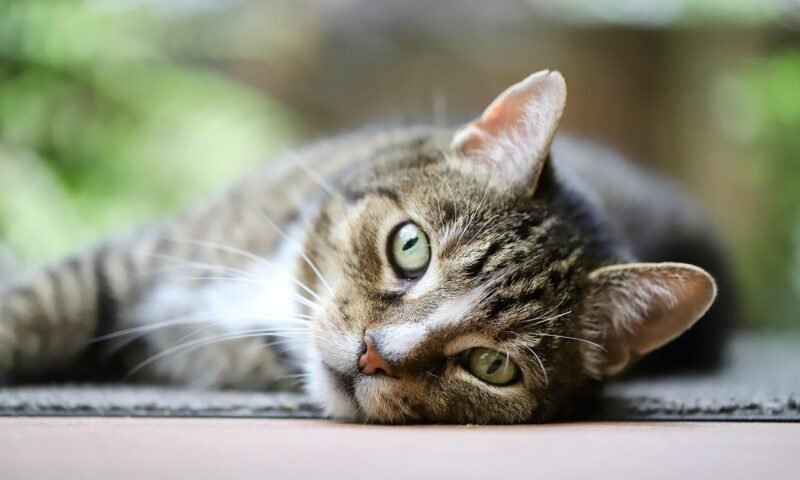Tips to ensure adequate hydration for your cat even in summer
Hydration is an important aspect of a cat’s general health, especially during the warmer months.
Indeed, felines tend to drink less than other animals, and this behavior can expose them to the risk of dehydration, with potentially serious consequences for their kidneys and urinary system.
Understanding how to encourage your cat to drink more is therefore essential for every owner.
Fresh water always available
Ensuring your cat has constant access to clean, fresh water is the first step towards proper hydration. It is advisable to change the water at least twice a day.
It is useful to place several water bowls in different parts of the house. This allows the cat to find water easily, regardless of where it is.
Some cats prefer to drink from ceramic or glass bowls. Plastic bowls, on the other hand, can sometimes alter the taste of the water.
Choosing the right material therefore indirectly affects your cat’s hydration and health.
The importance of cat fountains
Cat fountains offer a continuous flow of water. These devices attract many felines, who are naturally curious about moving water. The circulating water also remains cooler and more oxygenated.
Fountains are equipped with filters that remove impurities and hair. This ensures that the water is always clean. The fountain also encourages the cat to drink.
Wet food to increase water intake
An alternative to dry food can be offering wet cat food. Wet food contains a high percentage of water (read the nutritional labels of Naxos wet cat food).
This contributes significantly to the cat’s daily water intake. If the cat is used to dry food, wet food can be introduced gradually.
You can start by mixing small quantities. Wet food hydrates a lot and this approach can be particularly useful for cats that do not drink enough.
Try flavoring the water (with caution)
For more demanding cats, you can try flavoring the water. You can add a few drops of unsalted chicken broth. Natural tuna water can also be an option. These additions can make the water more palatable.
It is important that the broth is salt-free, as salt is harmful to cats. Even a few drops can make a difference, and clearly care must be taken not to overdo the quantity.
Recognizing the signs of dehydration
It is important to be able to recognize the signs of dehydration in cats. Lethargy, loss of appetite, and dry gums are signs. Less elastic skin can also indicate dehydration.
To check this, you can gently pull the skin on the back of the neck. If it returns slowly, the cat may be dehydrated.
Consulting a veterinarian is always wise in case of doubt, as rapid identification of symptoms allows for timely intervention.
Further tips for your cat’s well-being in summer
In addition to hydration, there are other measures for your cat’s well-being during the hot season.
For example, brushing your cat more frequently can help remove excess hair and is an operation that promotes its thermoregulation. Keeping the house cool is equally important. You can use fans or air conditioning to feel less hot.
Finally, creating shaded areas and offering cool surfaces where the cat can rest contributes to its comfort. Always remember: ensuring a cool environment for your cat is essential.

